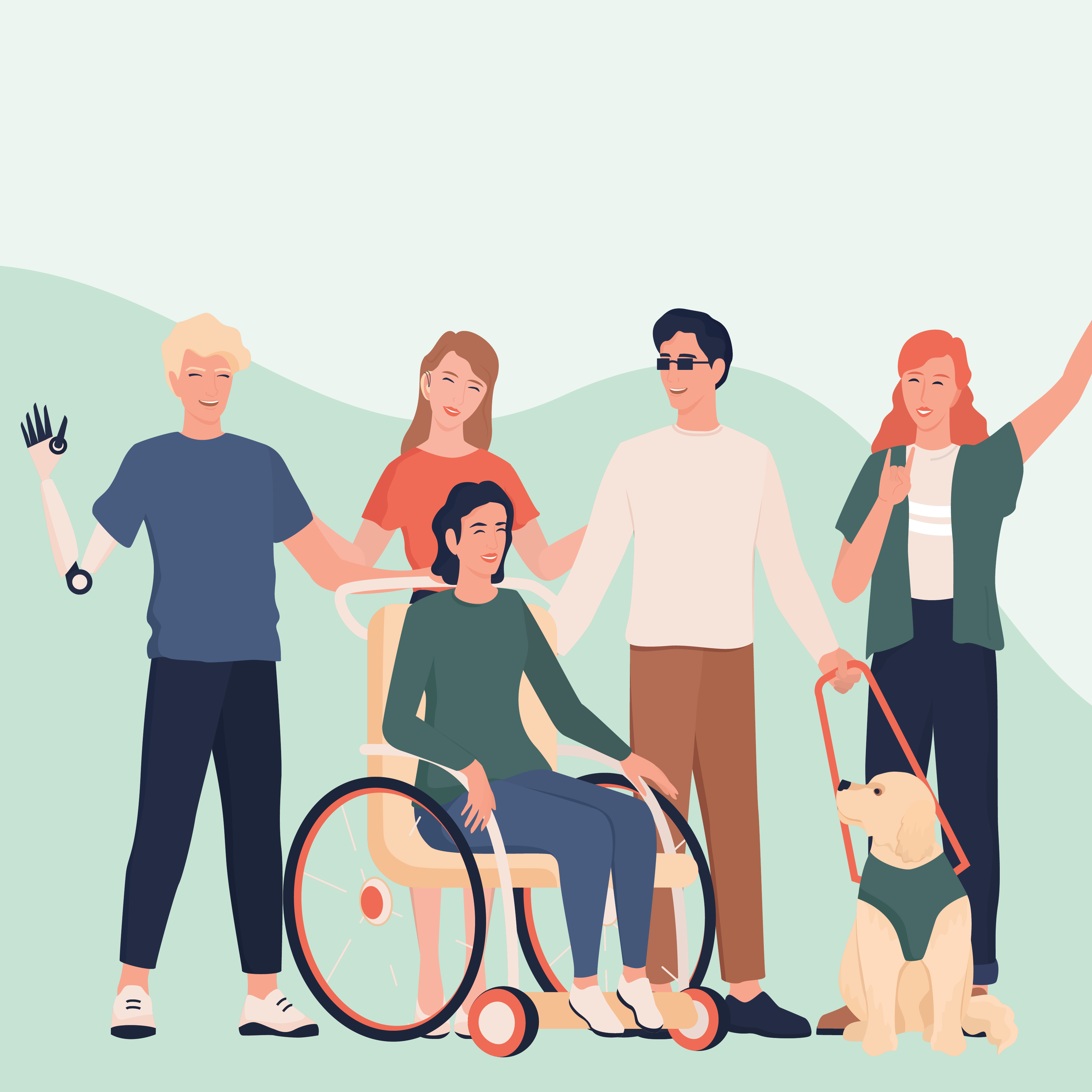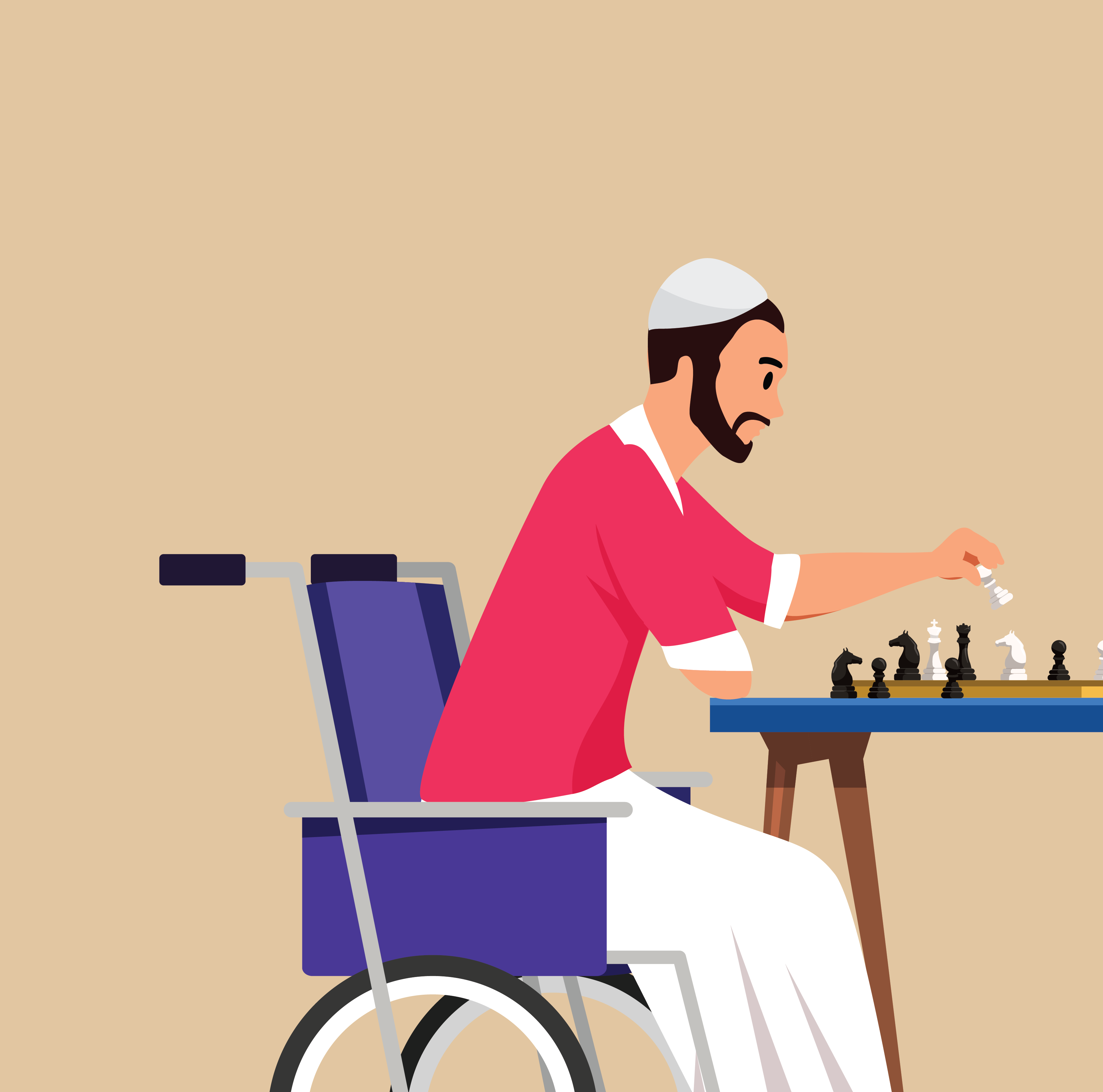
Social Norms
Understanding, leveraging and adressing unwritten rules
Introduction
Social norms are the perceived, informal and mostly unwritten rules that define acceptable and appropriate actions within a group or community. Social norms are situated at the intersection between behaviour, beliefs and expectations. They encompass our own actions and our beliefs around what others do, approve of and expect of us.
A social norm exists when we do something because we believe that other community members or people like us do it. In this case, our behaviour is being driven by our desire to conform to the behaviour of others. This is known as a descriptive norm, or an empirical expectation. The group of people we model our behaviour to match is referred to as our reference group. A social norm also exists when we do something because we believe that those who matter to us approve of it. In this case, our behaviour is being driven by our desire to conform to what we think others value or expect of us. This is known as an injunctive norm or a normative expectation.
In both cases, our actions are being influenced by how we think others will respond to our performance of a certain behaviour (or not). These expectations are known as outcome expectancies and can be positive (rewards) or negative (sanctions).
Why do social norms matter?
Social norms influence individual, community and institutional behaviours, which can have beneficial or harmful consequences for people’s well-being. They are embedded in society and can dictate how a social order is produced and maintained. Social norms help communities function, binding them together and promoting collective behaviours. But in some cases, the social order and community behaviours being maintained may be harmful and reinforce unjust power dynamics, furthering discrimination and social and gender inequities.
By understanding social norms and how they influence behaviour, we can design Social and Behaviour Change interventions that go beyond individual activities to spark collective change. Uprooting harmful social norms and promoting positive norms increases the likelihood of lasting, positive change.
Benefits and social/behavioural objectives
Not all behaviours are driven by social norms. People may engage in unhealthy or harmful behaviours for a variety of reasons, including lack of knowledge, low risk perceptions, lack of access, personal or religious beliefs and emotions associated with the behaviour. These factors are not social norms, because they exist independently of what others think or do. Before designing an intervention, you should study the behaviour in question and its determinants to establish whether norms are at play.
If you have established that your target behaviour is driven by a social norm, SBC can help you to:
Social/behavioural outcomes | Example approaches |
|
|
|
|
|
|
|
|
|
|
|
|
The examples provided above are illustrative and are by no means the only approaches available to you. There are many different ways to achieve desired behavioural outcomes. Many of the examples are applicable to more than one social/behavioural outcome in this table.
Characteristics of successful norms-shifting interventions
According to Theory and Practice of Social Norms Interventions: Eight Common Pitfalls, effective social norm interventions do one or more of the following:
- Determine if norms are actually supporting and influencing the behaviour. Social norms may be the behavioural rules, but they are not always the behaviour. Therefore, norms-shifting interventions should identify the specific norms that need to be addressed in order to achieve the desired behaviour change. For guidance on identifying relevant norms, visit the Social Norms Exploration Tool (SNET) and Module 1 of the Getting Practical Tool.
- Uncover the relationship between attitudes and social norms. Are community attitudes consistent with the norms? Determine whether most people are actually in favour of the norm and the desired behaviour.
- Identify and engage with reference groups. Talk to community members to figure out whom they model their behaviour after and whose opinion matters most to them.
- Seek community-level change. Norms-shifting interventions articulate community-level outcomes rather than changes to perceptions and attitudes at the individual level. Community level change requires visibility of the new behaviour’s social accepance, public support for the new norm, and local services that support it (e.g., availability of adolescent-friendly services when trying to shift norms around the sexual and reproductive health of young people).
- Emphasize existing positive norms and practices. Norms are dynamic. There are positive deviants and early adopters in every community or reference group. You should identify them and provide them with the space, information, tools and visibility to influence others. This increases the number of people discontinuing the norm which works towards community-level change.
- Use trusted, credible sources to promote new behaviours and existing, positive ones. This is critical to building support for alternative norms and behaviours.
- Engage with multiple stakeholders at every level of the socio-ecological model. Look at how norms influence individual choices and behaviours. Explore the norms at play within families, friend groups, communities, service providers, institutions and legal or policy frameworks.
- Engage communities as active participants in promoting critical reflection on existing and new norms. These reflections should be creative, dynamic and engaging, and always occur within safe environments.
- Root the issue and any new norms in the community’s value system and culture. Leveraging community values and cultural elements are powerful ways to shift attitudes and increase the acceptance of a new norm.
- Promote positive norms within a core group to facilitate their diffusion. Identify positive deviants and early adopters to support in becoming agents of change. Give them the skills to engage with and influence others in their community to abandon harmful norms or adopt new ones. Ultimately, the community will reach a tipping point whereby a critical mass of people redefines dominant norms and changes collective behaviour.
- Address power imbalances in cases where practices stem from inequities. When behaviours are rooted in gender inequality, you should understand the gender norms at play and the power dynamics between men and women and boys and girls within the community. Use two-way engagement to discuss, challenge and explore gender norms throughout the intervention or approach.
Above all, norms-shifting interventions should never:
- Assume that social norms are the sole driver of a harmful practice, but rather try to uncover other determinants across the socio-ecological model.
- Focus on or highlight the negative behaviour, for example by publicizing statistics of how many women experience intimate partner violence, as this may unintentionally normalize the behaviour and further reinforce the norm.
- Impose ideas from the outside or in a top-down manner.
Measurement
Shifts in social norms can be tracked by measuring changes in the following areas:
- Perceived prevalence of a norm, or how common or pervasive a norm is (i.e., descriptive norms)
- How many people (within a given age group) in your community engage in behaviour X ?
- How many people do you personally know who have chosen not to engage in behaviour X ?
- Perceived expectations to conform to the norm (i.e., injunctive norms)
- Do you think your immediate family expects you to continue or abandon practice X ?
- Do you think your friends and peers expect you to continue or abandon practice X ?
- Perceived social support or backlash (positive and negative outcome expectancies) for behaving outside a norm, and by whom (i.e., outcome expectancies)
- In your opinion, what are the social sanctions (punishments) associated with abandoning practice X ?
- In your opinion, what are the social benefits (rewards) associated with abandoning practice X ?
- How likely are you to be sanctioned by others if you decided to abandon practice X ?
- Possible disagreement about a norm
- Think about the last five years. Do you think the number of people (specify population) in your community who engage in practice X is now far fewer, somewhat fewer, about the same, a bit more, or far more than five years ago?
- Think about five years from now. Do you think the number of people (specify population) in your community who engage in behaviour X will be far fewer, somewhat fewer, about the same, a bit more, or far more than now?
Social norms are typically just one of several factors influencing behaviour. Interventions should seek to monitor other drivers such as knowledge, attitudes, risk perception and self-efficacy. However, it is always important to explore the role that social norms play in driving a given behaviour, as well as what social networks and reference groups exist, as these will be key to defining your SBC intervention. Efforts should be made to conduct rapid assessments, even when resources are scarce.
There are several stages of measuring social norms, including:
Stage | Purpose | Methods |
Formative research | Identify possible social norms, sanctions, reference groups and social networks. Determine the prevalence of the behaviour and who practises it. Determine drivers of the behaviour to assess the extent to which social norms influence it. | Literature review, informal discussions with community, qualitative in-depth interviews, focus group discussions (FGDs), observations, and interviews or surveys with programme staff, local leaders and gatekeepers. |
Baseline | Measure prevalence of the norm and beliefs about:
| Quantitative surveys, qualitative interviews, vignettes in FGDs |
Monitoring | Observe signs of norm change by tracking:
| Activity monitoring, observations, focus group discussions, surveys |
Endline | Track changes in social norms (descriptive norms, injunctive norms, outcome expectancies) in relation to changes in behaviours and attitudes. | Quantitative surveys, qualitative interviews, vignettes in FGDs |
Partnerships
To support social norm interventions, partnerships should be considered across the socio-ecological model, from the household level all the way to the policy and social levels. Potential partners include household members, local leaders (religious, traditional, official), service providers (health, education, justice), local groups and local organizations (including faith-based and community-based organizations), institutions, policy-makers and the media (local, national, digital). Make sure that your partners are relevant to the context. Take time to get to know your communities and uncover their reference groups and social networks, to determine how best to reach them. Work with communities to define partnerships across the socio-ecological model, to ensure that you are working within the cultural space that resonates with the affected population.
Case studies and examples
- INDIA: A cluster randomized trial in Odisha found that a social norms-based approach may help promote iron and folic acid consumption, through changes in descriptive norms (people’s perceptions about how many other people take iron and folic acid) and injunctive norms (social pressures people feel to take iron and folic acid) and collective norms (actual levels of iron and folic acid consumption).
- MALI, NEPAL and NIGERIA: Evaluations of the Community Empowerment Program in Mali, Change Starts at Home in Nepal, and Voices for Change in Nigeria found that community-based dialogues and trainings are effective in facilitating social norms change, by participants being effectively empowered to share their new knowledge with others in their networks.
- UGANDA AND RWANDA: Small group discussions improve the share of household chores between men and women, communication about sexual relationships and contraception, and young girls’ perceptions of their ability to participate in daily life decisions.
- MOZAMBIQUE: Community dialogue changes norms around child marriage.
- ERITREA: Community engagement is used to end female genital mutilation (FGM).
- SUDAN: The Saleema Initiative creates a new positive social norm around remaining uncut, thereby reducing the norm of female genital cutting.
- SENEGAL: The Grandmother Project leverages the strong cultural value of grandmothers to create positive norms around the holistic development of young women and girls.
Key resources
General resources
- Defining social norms and related concepts
- The Social Norms Atlas
- The Challenge Paper
- Agora Course on Social Norms and Social Change
Social norms change theory
- Using Social Norms Theory for Health Promotion in Low-Income Countries
- A Critical Appraisal of the Social Norms Approach as an Interventional Strategy for Health-Related Behavior and Attitude Change
- The Social Norms Learning Collaboratives’ Social Norms Background Reader
Moving from theory to application
- Mapping the Social-Norms Literature
- Theory and Practice of Social Norms Interventions: Eight common pitfalls
- Social Norms and Child Marriage in Cameroon: An application of the theory of normative spectrum
- Institute for Reproductive Health’s Social Norms and AYSRH: Building a bridge from theory to program design
- CARE International’s Applying Theory to Practice: CARE’s journey piloting social norms measures for gender programming
- The Getting Practical toolkit
- Shifting social norms to tackle violence against women and girls
How-To Guides
- Institute for Reproductive Health’s Social Norms Exploration Tool (SNET)
- UNICEF’s Everybody Wants to Belong: A Practical Guide to Tackling and Leveraging Social Norms in Behavior Change Programming
- UNHCR’s Changing the Culture by Changing Norms
Measurement
- UNICEF’s The ACT Framework Package: Measuring social norms around FGM
- The Social Norms Learning Collaborative’s Monitoring Shifts in Social Norms: A Guidance Note for Program Implementers
- Participatory Research Toolkit for Social Norms Measurement
- Measuring Gender and Social Norms
- Measuring Social and Behavioural Drivers of Child Protection Issues
- Resources for Measuring Social Norms: A Practical Guide for Program Implementers
- Quantitative Measurement of Gendered Social Norms

Do - Social Norms
Download this article as a PDF
You can download the entire page as a PDF here






